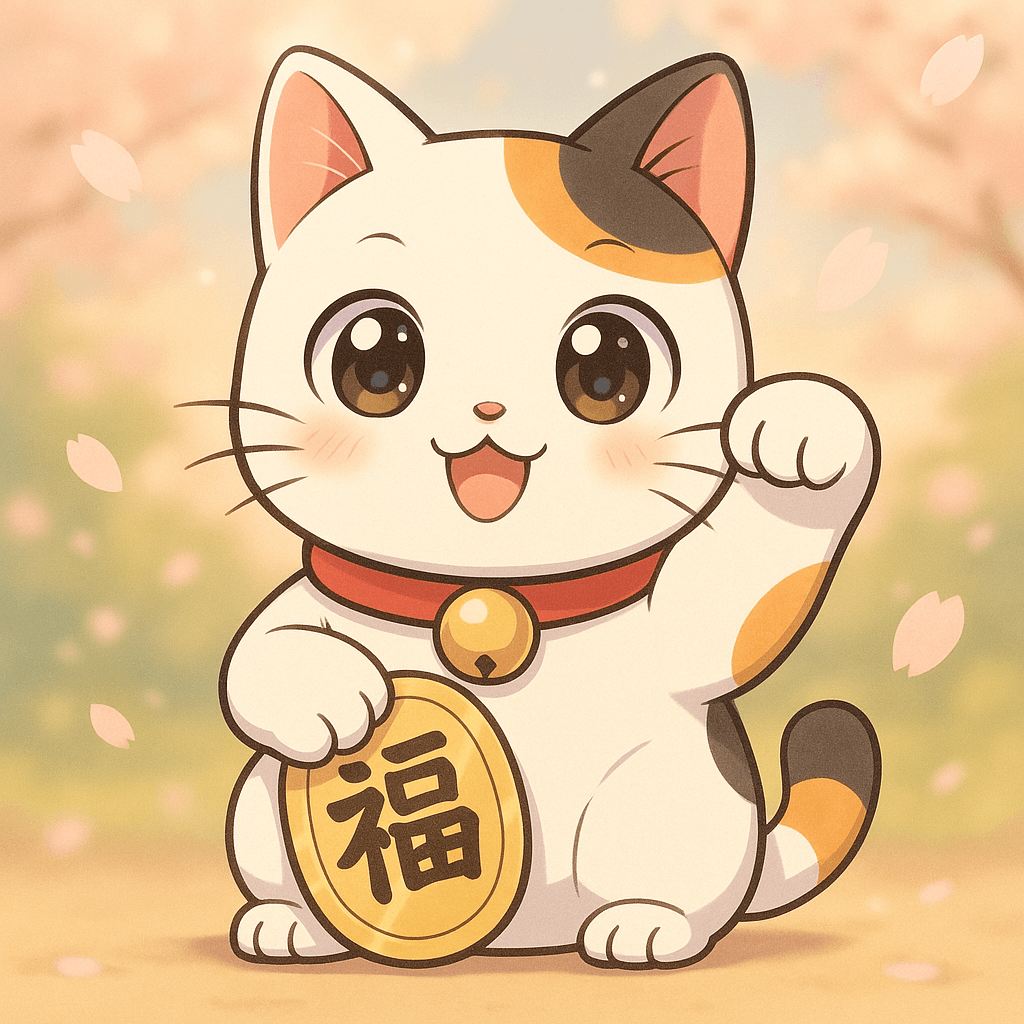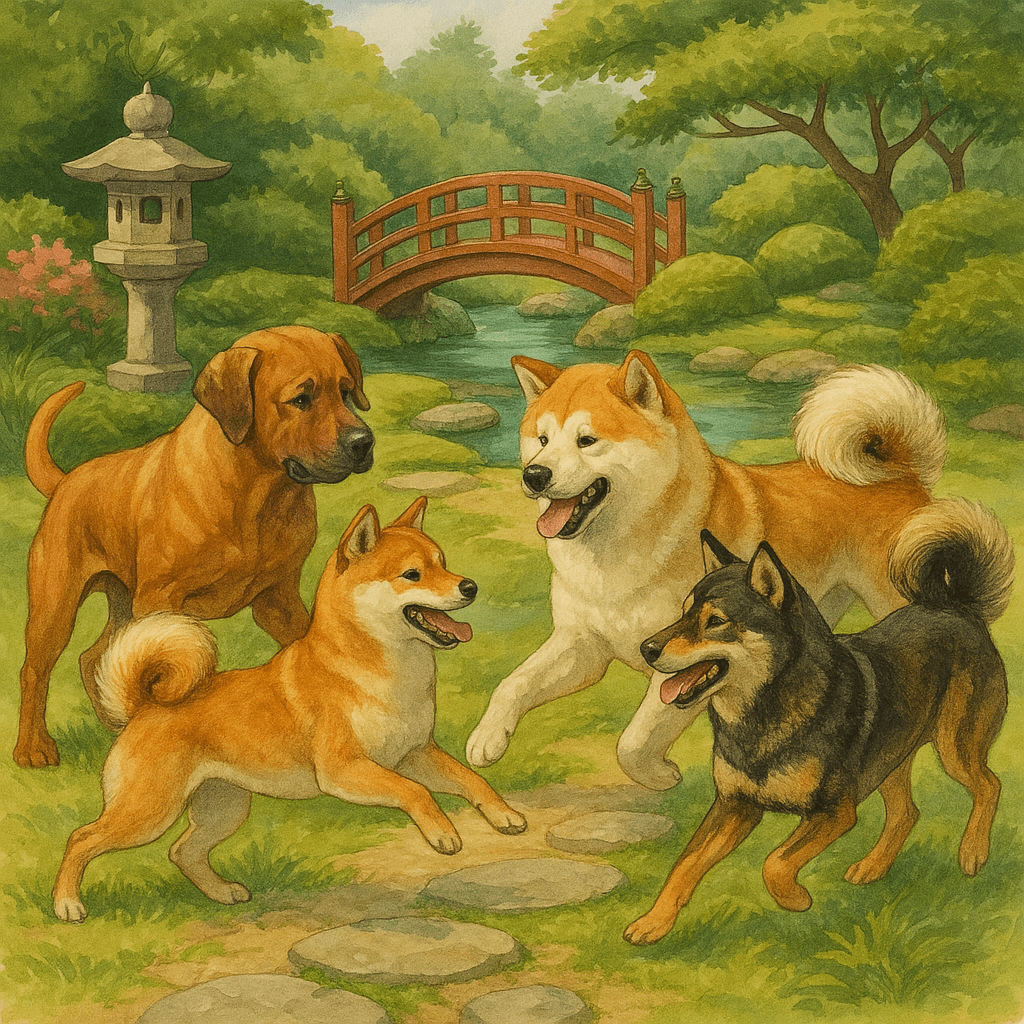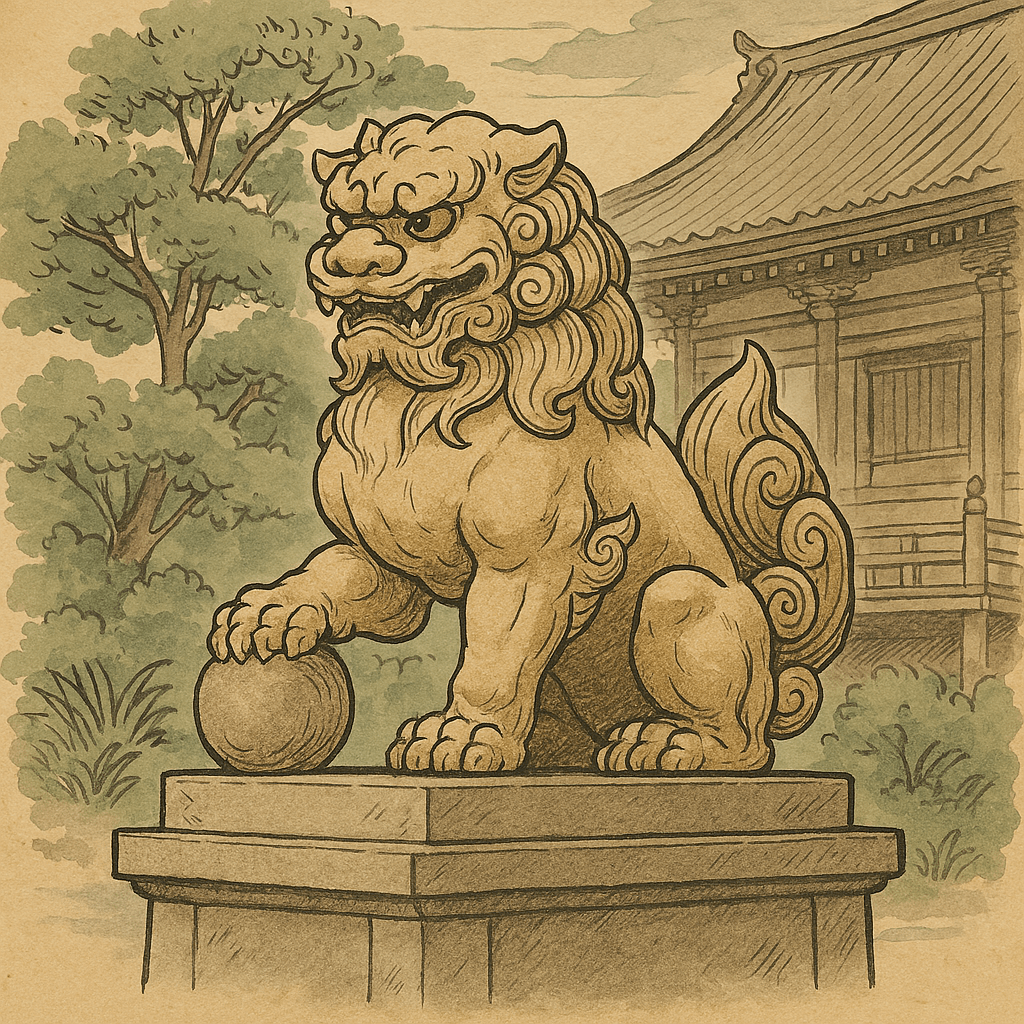
Maneki Neko – the Lucky Cat of Japan. History, Meaning, and Cultural Influence
In the windows of Japanese restaurants, shops, beauty salons, and cafes, you'll encounter a small cat figurine, its raised paw seemingly inviting you in. This is the Maneki Neko – the Japanese lucky cat , one of the most recognizable symbols of Far Eastern culture. In this article, we'll delve into its history, meaning, types, color symbolism, and contemporary interpretations – also in the context of our pets.
Contents:
-
What is Maneki Neko?
-
The History and Origin of Maneki Neko
-
Gesture symbolism – what does a raised paw mean?
-
Maneki Neko Colors and Their Meanings
-
Where to place the Maneki Neko figure?
-
Maneki Neko and real cats – breed inspiration
-
Maneki Neko as a decorative motif and gift
-
Maneki Neko in modern culture
-
Summary
1. What is Maneki Neko?
Maneki Neko (招き猫), literally "inviting cat," is a figurine of a cat with a raised paw, said to attract good luck, prosperity, wealth, and clients . The cat often sits on its hind legs, with one front leg raised and moved mechanically or symbolically carved.
It's one of the most common amulets in Japan—and beyond. The Maneki Neko is also popular in China, Korea, and now in Europe and the US, where it has become a part of pop culture and the kawaii aesthetic.
2. History and Origin of Maneki Neko
The exact origins of the Maneki Neko are not entirely known, but there are many legends surrounding its creation. The most frequently repeated story is that of the Gotoku-ji Temple in Tokyo.
Legend of Gotoku-ji Temple:
In the 17th century, a samurai took shelter under a tree during a storm. He noticed a cat that seemed to be inviting him to a temple. As soon as he moved toward it, lightning struck the tree under which he had been standing. The grateful samurai donated money to the temple, which has since become a place of worship and reverence for the "inviting cat."
Another story tells of an old woman who was forced to sell her cat due to poverty. In her dreams, the cat promised her happiness—and she made a figurine of it. From then on, her life changed for the better, and the figurines began to bring happiness to others.
3. Gesture symbolism – what does a raised paw mean?
Maneki Neko can carry:
-
Left paw – attracts customers and company (often in business, restaurants)
-
Right paw – attracts money and prosperity (more often at home, in financial companies)
-
Both paws – maximum happiness and protection (sometimes interpreted as “defense” of the owner)
Modern figurines often have mechanically moving paws , which enhances the symbolic effect - this movement resembles an invitation gesture in Japanese (the opposite of the European one).
4. Maneki Neko Colors and Their Meanings
While the most common Maneki Neko is white or tri-colored, different colors carry unique messages:
| Color | Meaning |
|---|---|
| Tricolor (mi-ke) | The happiest variant – prosperity and happiness |
| White | Purity, good intentions, harmony |
| Golden | Wealth, money, financial success |
| Black | Protection against evil spirits and misfortune |
| Red | Health and safety |
| Green | Success in science and education |
| Pink | Love and romantic relationships |
You can therefore choose Maneki Neko according to your needs – or give it as a gift with a specific wish.
5. Where should I place the Maneki Neko figure?
To activate a figurine's lucky effect , you must position it:
-
When entering a house or shop – face the door
-
In the office – on the desk, facing the entrance
-
At the workplace – next to the cash register, payment terminal
-
In a relaxation space – to attract positive energy
In Japan, many people treat it not only as a decoration, but also as a feng shui talisman .
6. Maneki Neko and real cats – breed inspiration
The Maneki Neko's appearance is often believed to have been inspired by the Japanese Bobtail cat —a breed with a short, bushy tail and a graceful appearance. Its distinctive sitting posture, large eyes, and raised paw are reminiscent of the typical Bobtail.
At petto.com.pl you can read more about this unique breed and find products perfect for feline households – beds, 2-in-1 houses and other accessories for Japanese and cat lovers.
➡️ See the 2-in-1 Uchi houses – inspired by Japanese design
➡️ See resting places
7. Maneki Neko as a decorative motif and gift
The Maneki Neko figurine is not just a symbol – it is a beautiful decorative element that fits interiors in the following styles:
-
Japandi
-
Minimalist
-
Oriental
-
Retro (e.g. vintage Asia from the 80s)
It also works well as a gift with a message – wishing you good luck, success, and happiness. Perfect for:
-
New job
-
Opening a company
-
Moving
-
Birthdays, housewarming parties
8. Maneki Neko in Modern Culture
Maneki Neko has also found its place in pop culture – it can be found in, among others:
-
Computer games and anime (e.g. Pokémon , Neko Atsume )
-
Interior design (lamps, pillows, posters)
-
Logos of companies and online stores
-
Social media – as a trend #nekovibes
Thanks to its symbolism and charming appearance, it has become an icon of the Japanese-inspired lifestyle.
9. Summary
The Maneki Neko is much more than just a charming figurine – it's a traditional symbol of Japanese culture , conveying good intentions and positive energy. Whether you believe in its power or consider it a decorative element, its presence brings a note of optimism and warmth to any space.
And if you're a cat lover, perhaps Maneki Neko will inspire you to create a true cat sanctuary? At petto.com.pl, you'll find beds, houses, and other accessories that perfectly capture the spirit of happiness, harmony, and Japanese aesthetics.




 https://petto.com.pl
https://petto.com.pl